The county is currently working through a land development code update. They have drafted an initial code, and are currently in the stages of the public review and comment for the draft code. There are some big proposed changes, but what do they mean?
Teton County’s comprehensive plan, zoning, land use and development codes can be a lot to understand. I often have to find ways to articulate information and provide data in an efficient way without being overbearing, similar to situations when I am working with a first-time home buyer. I’m going to try to explain the new proposed zoning changes in this article, saving the development and code changes for another day.
WHAT IS IT NOW?
The County (not City limits) is currently made up of two main types of zoning, A-2.5 and A-20 zones. Most of the areas South of Victor and North or East of State Highway 33 are A-2.5, and most everything else (save for a few areas along the foothills) is A-20. It’s roughly 50-50. What does that mean? It’s pretty simple. A-2.5 has a minimum density requirement of one house & guest house per 2.5 acres, and A-20 is 20 acres. There are a few other zoning categories, mostly related to industrial and commercial use.
WHAT IS PROPOSED?
Aside from the commercial zones, there are five new zoning types proposed. Keeping in mind that the number represents the minimum density requirement per residence, they are as follows: A “Rural Agriculture” 35 acre zone replaces most of what used to be the A-20. A second 35 acre “Wetland” zone is similar, presumably with stricter development guidelines due to its location within wetland areas, mostly in the watershed East of the Teton River. A “Foothill” 10-acre zone encompasses most of the surrounding foothills, which would take the place of the previous 2.5 acres zone in many areas. A rural neighborhood 20 acres zone is built around the areas East of Driggs to accommodate future development, and finally, the highest density zone is a “Rural Neighborhood” 5 acre zone that would encompass the Fox Creek area between Victor and Driggs and the Hastings Lane are between Driggs and Tetonia, both mostly limited to areas East of State Highway 33.
WHAT DOES IT MEAN? This is largely up to interpretation and debate. Unfortunately, it will likely turn into a political debate, but that’s not my purpose here. My interpretation is that it is clear that the density requirements are going to go WAY down. In other words, there will be fewer homes per acre. It will likely decrease the supply of land over time, and increase demand. In theory, this could increase property values in the distant future as existing land is absorbed. At the same token, it will make it challenging for newcomers to the area looking for affordable land. As a property owner, I see both the upside and downside. I do not own any large farm tracts so I am not affected by land development challenges. I also feel that many of our building sites are more affordable than they should be, considering the recreational market status of our community. However, that is mostly attributed to the perception of oversupply (and construction costs), which I have discussed in previous articles, and will discuss further in future ones.
